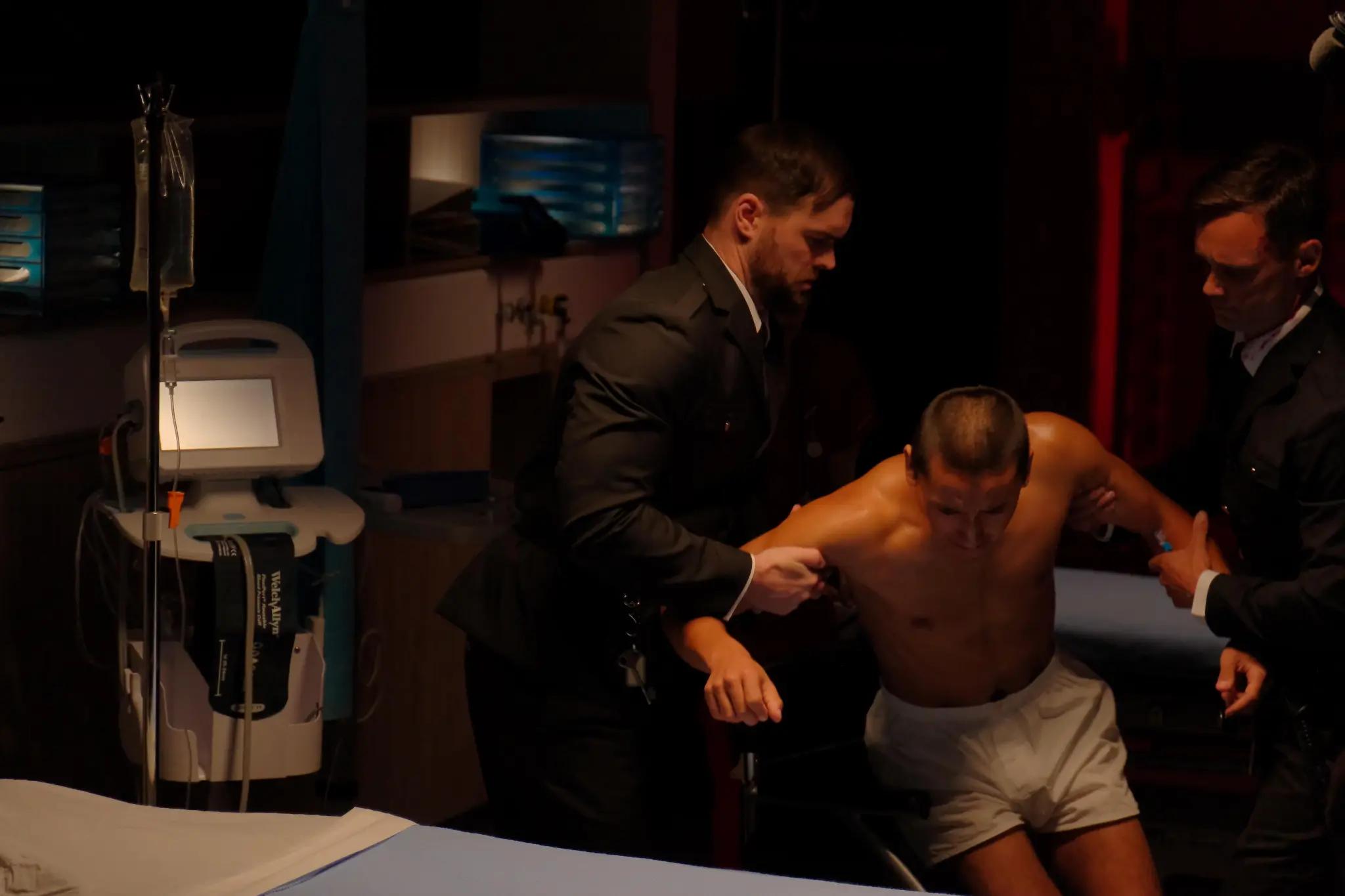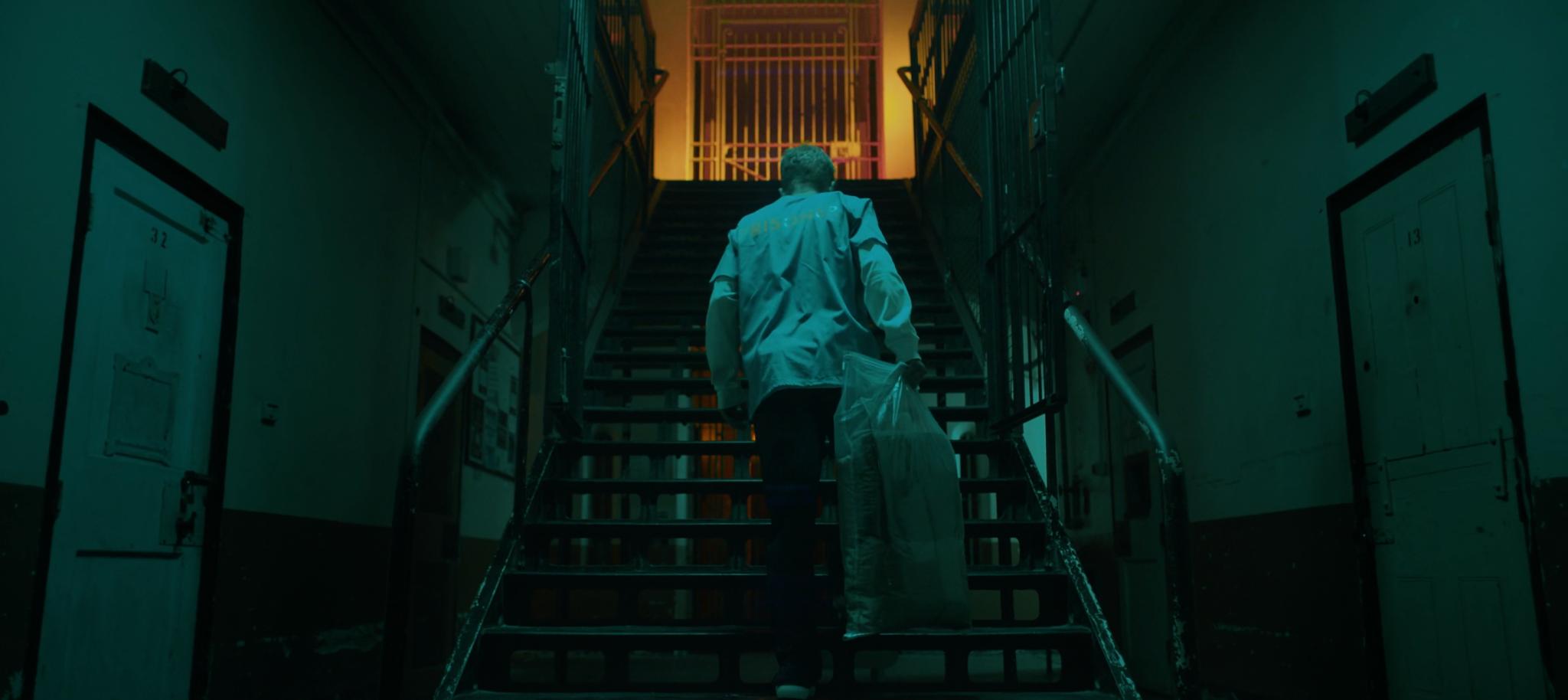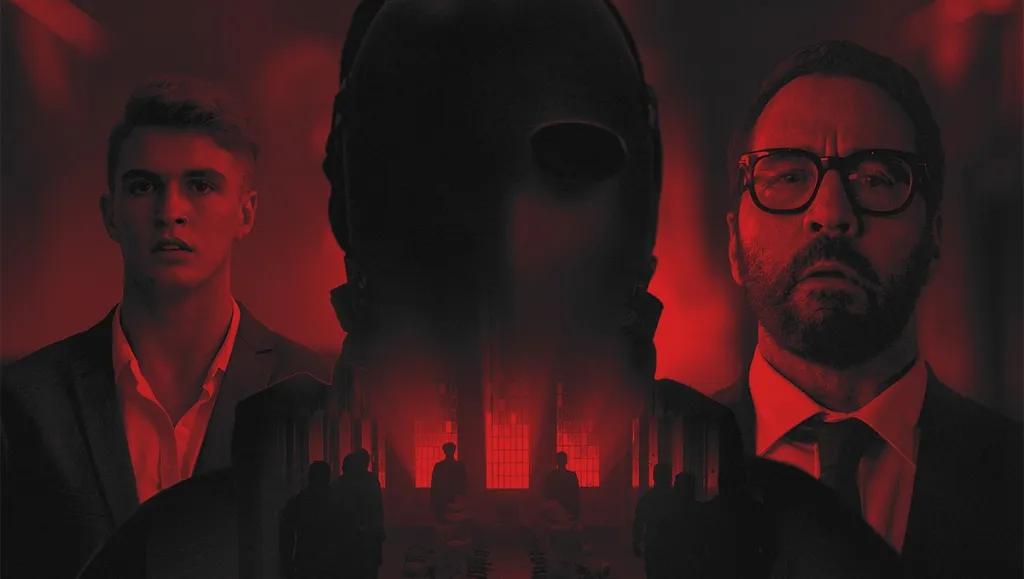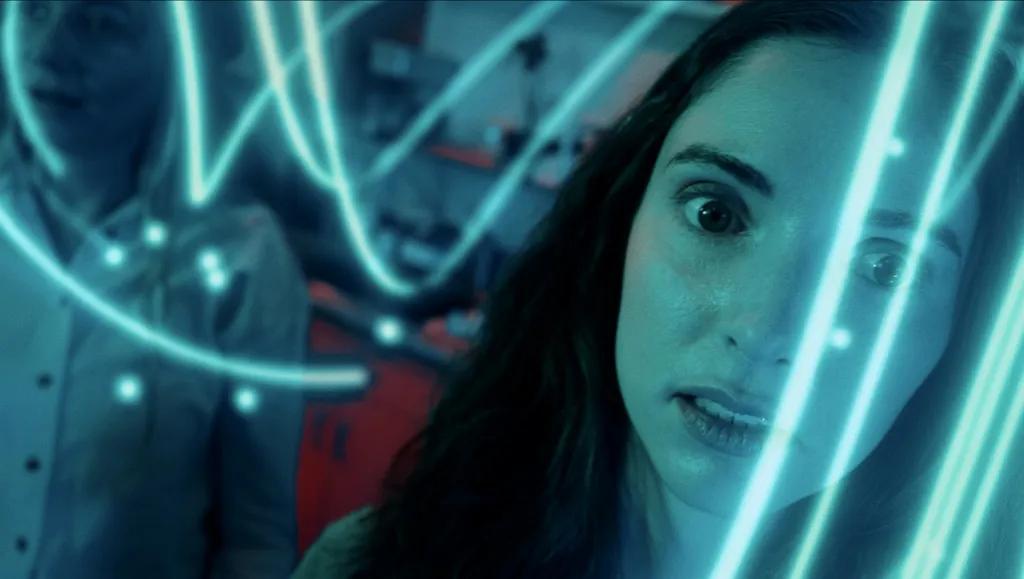Note: This article may contain spoilers for the film “Numbered Lives”.
Directed by first-time writer and director, J G Clarke, this film’s quality gives the illusion of being directed by an industry veteran. It’s very difficult to come by an indie film with this type of high production quality. Numbered Lives could easily pass for being produced by a big production house and in the mainstream, which makes us have to give the production staff their rightfully deserved flowers even more.
Numbered Lives escaped the indie film curse of convolution. While the narrative managed to be complex and explore layered themes, there was nothing vague about it. This shone through the well-written script and extremely detailed direction.

Additionally, the editing mimicked the psychological stress and general emotions that the characters were experiencing, such as anxiety replicated through blurred close-ups at frequent intervals with an emphasis on the actor’s patchy breathing and sporadic movements.
On the same note, we need to give a shout-out to the sound designer, too. The sound in this film is largely part of what makes it so immersive. Numbered Lives uses tactics that immerse us in the film and leave aspects of it lingering with us, long after the scene is over. For instance, after a character is wrongfully harmed, the sound steps into the foreground to create a ringing in our ears, mimicking the mental state of one of the characters who has just committed this act against his better judgment.
As if that wasn’t enough, not only does this film have a beautiful color palette that complements its stunning cinematography, but it also uses color to communicate themes and motifs - an art that is sadly becoming hard to identify in recent cinema.
Whether it is ranging in the pink tones associated with Gracie’s character (played by Eliana McMillan) in the form of her pink toys or the deep pink lighting in her bedroom as her brother is sneaking out, almost like a foreshadowing of what’s to come at the start of the film… Whether it’s in the grimy deep contrasts with teal and orange in the jail scenes… Or even in the deep reds and blues that get associated with the medical scenes and later facility scenes, either in the form of the nurse’s uniform or the lighting in the hospital, giving us the feeling of something sinister juxtaposed against the sterile greys and blues that fill the remainder of the frame… Almost every significant color is accounted for in terms of symbolism.

In the case of the deep reds and blues, these colors also helped aid the push of other themes in the film. For example, the nurse’s diamond rosary sticks out that much more, constantly sparking curiosity about the religious/Christian aspects of the story. It seems to be a world that believes in God, but the narrative is only filled with cynical acts. Thanks to the narration at the beginning of the film, we become conflicted about faith in the face of the real world. Do all these heinous acts happen because of religion itself, or are humans the driving force?

This question is somewhat answered in the closing scenes. For instance, in the end, the symbolism of the sinister reds and blues shifts significantly as they are used in the literal face of justice as police lights in the final scenes.
Besides beautifully executed narrative, visuals, and other technical aspects, Numbered Lives is made a success by its cast. The acting performance and character portrayals in Numbered Lives were solid across the board but, of course, there were some standout actors, too.
Firstly, Edgar (played by Jeremy Piven - who is famous for his roles in titles like Entourage, Serendipity, and Gross Pointe Blank) was a character who was great at getting under your skin and making you hate him. Piven pulled off this arrogant antagonist in a way that made the slice of justice he was served in the end that much juicier.

Another standout role in the film was Noah (played by Matthew O’Sullivan), whose portrayal of anxiety and fear brought the realness of the film to life. He showed a dynamic range in his emotional portrayal, ranging from his interactions with his sister to his life in the facility. Although he seems to be a fresh face on the screen, we’re looking forward to seeing more from this actor in the future.
Finally, another actor who stood out, despite not having the most screen time, was none other than ‘The Warden’ or should we say Tom Weaver (played by Nick Buckland). Although he had little face time, his performance was one of the most nuanced out of the cast. His emotions were portrayed with a subtleness that was indirect but still very easy to pick up on, making us more curious about his character and the pain he was going through nursing his wife. However, as is prevalent throughout the film, we also have our gripes with his moral compass in the bigger scheme of things as one of the beneficiaries of this business. This goes without saying for most of the characters though.
Lastly, we need to talk about the ending. Whilst it had the danger of falling flat through obvious resolution. It did the exact opposite. Our characters’ motives were revealed in a way that left us surprised with a plot twist and dare we say, wanting more in the form of a sequel.
For more updates about the film, stay tuned to the official “Numbered Lives” IMDb page.
Are you looking forward to watching Numbered Lives? Let us know in the comments!



